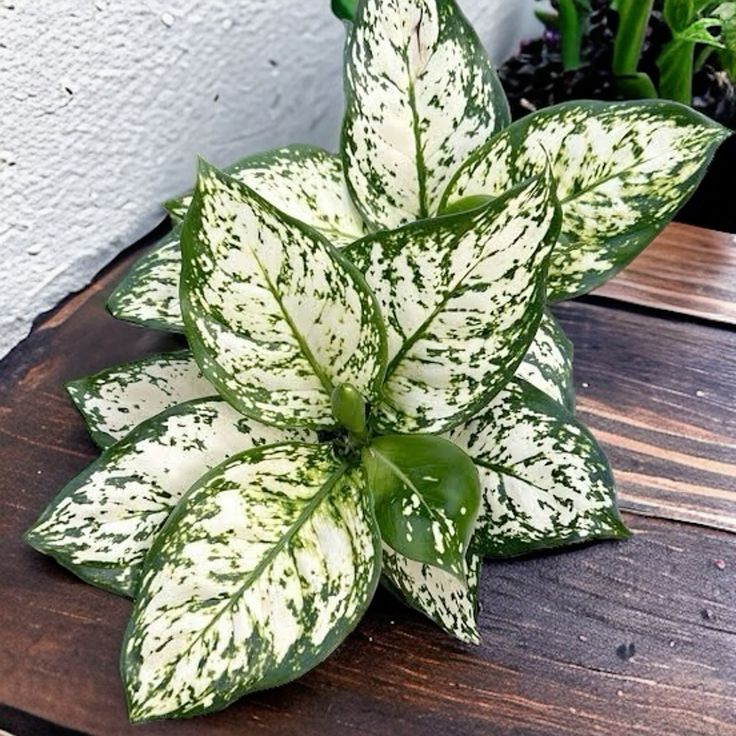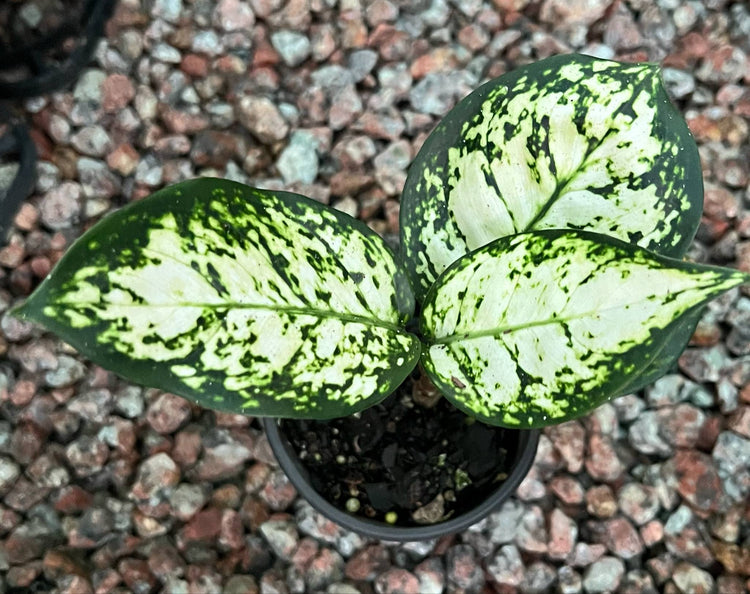Aglaonema 'Pearl White' 100mm Pot
- Regular price
-
$29.00 - Regular price
-
- Sale price
-
$29.00
-
Hurry, only 2 items left in stock!
Couldn't load pickup availability
Shipping information


Product Details
Welcome to Plant&Leaf and our range of family grown plants. The first photo serves as a representative display, showcasing the beauty of a mature plant. The second photo provides a sample of a single plant from the current batch available. Please note the Pot size displayed on the heading of each product.
All of our plants are grown outdoors in nature and are exposed to the natural elements. Sometimes this means a leaf could have been chewed here and there or have a blemish or two – but we do our best to send the best plants we can on every order.
Aglaonema, also known as Chinese evergreen, is a popular indoor plant valued for its attractive foliage and relatively low maintenance requirements. Here are some tips on how to care for aglaonema:
-
Light: Aglaonema prefers bright, indirect light. Avoid direct sunlight as it can scorch the leaves. It can tolerate lower light conditions, but growth may slow down.
-
Watering: Keep the soil consistently moist but not waterlogged. Allow the top inch of soil to dry out slightly between waterings. Overwatering can lead to root rot, while underwatering can cause the leaves to droop.
-
Humidity: Aglaonema prefers higher humidity levels, but it can tolerate average indoor humidity. You can increase humidity by misting the leaves or placing the plant on a tray filled with pebbles and water.
-
Temperature: Keep aglaonema in a warm environment with temperatures between 18°C to 27°C. It's sensitive to cold drafts, so avoid placing it near drafty windows or doors.
-
Soil: Use a well-draining potting mix that retains moisture without becoming waterlogged. A mix of peat moss, perlite, and compost works well.
-
Fertilization: Feed your aglaonema with a balanced liquid fertilizer diluted to half strength every 4-6 weeks during the growing season (spring and summer). Reduce fertilization during fall and winter.
-
Pruning: Remove any yellow or brown leaves as they appear. You can also trim back leggy stems to maintain a bushy shape.
-
Repotting: Aglaonema prefers to be slightly root-bound, so repotting is typically only necessary every 2-3 years or when the plant has outgrown its pot.
-
Pests and Diseases: Aglaonema is relatively resistant to pests and diseases, but watch out for common houseplant pests like spider mites, mealybugs, and scale insects. If detected, treat promptly with insecticidal soap or neem oil.
-
Propagation: Aglaonema can be propagated by division during repotting. Simply separate the plant into smaller sections, each with roots attached, and replant them in their own pots.
By following these care tips, you can enjoy a healthy and thriving aglaonema plant in your home or office.





